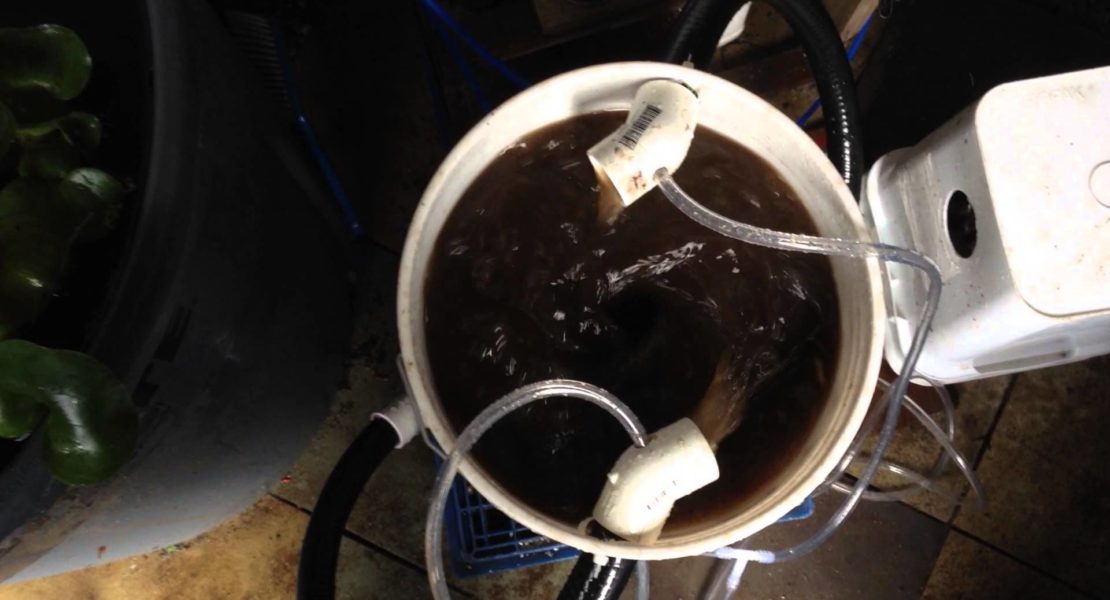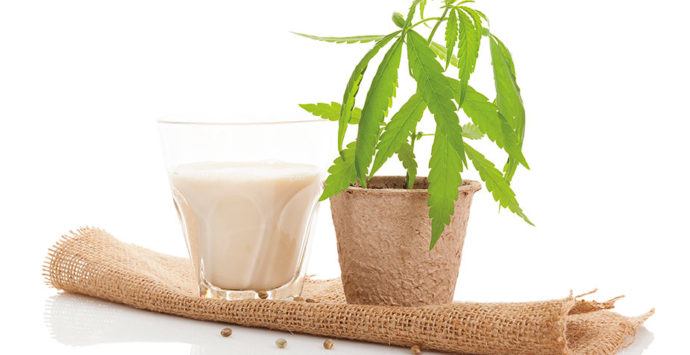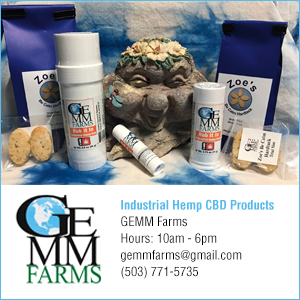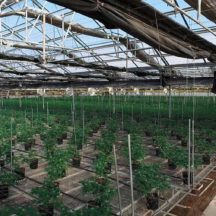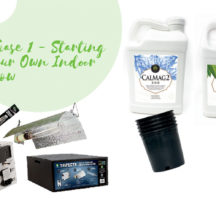
In this Growers Spotlight, we interview Jason Stirling of SPARC Dispensaries, Scott McBride of Global Garden Supply, and Steve Storch of Vortex Brewers® about compost teas.
What are compost teas?
As the name suggests, compost teas start with compost, which is an excellent source of nutrition for plants. However, plant nutrients are typically locked away inside large, complex organic molecules. Microbes in the compost break down the complex molecules into molecules that plants can easily absorb.
Compost teas, often shortened to just “tea,” are part of a new approach to plant nutrition and soil inoculation, where, rather than letting the microbial community develop by chance, growers deliberately inject microbes and nutrients into their grow medium with compost teas. By nurturing microbial growth, compost teas improve the effectiveness of traditional compost.
Why should a grower grow with compost teas?
Jason Stirling, SPARC:
There’s a few reasons why a compost tea is better for growing:
- Compost teas are going to give you trace minerals you won’t find in your basic NPK nutrients.
- Extra nutrition unlocks otherwise unavailable genetic traits because the plants are less stressed.
- In the long run, you save money because you only have to buy the teas to meet your plants’ nutritional needs, rather than 7 or 8 different nutrient products.
Scott McBride, Global Garden Supply:
Teas are about taking resources you’ve spent time and money on and maximizing their effect. They help your process and allow you to get the most out of your plants, whatever medium they’re in:
- The oxygenated water from a compost tea can help colonize beneficial microbes, allowing them to grow and multiply.
- The beneficial microbes unlock minerals in the compost, particularly minerals that might not be present in the soil.
What are the drawbacks to growing with compost tea?
Jason Stirling, SPARC:
- You need tea brewing on-site. That means you need the physical space to brew the tea, and if you’re in a tightly packed facility, that may not be feasible.
- Brewing on-site also means you need the equipment to brew. That means water tanks, power sources and an air supply. That costs money up front.
Steve Storch, Vortex Brewers®:
- Sometimes you will want a compost or nutrient input that’s impractical to acquire locally. It will cost money to get it shipped to you.
- Brewing adds another job to the workload. It takes extra time out of each day.
Take us through the brewing process.
Jason Stirling, SPARC:
We have a brewer big enough for one 24-hour cycle. As a result, we’re constantly brewing. As soon as we drain it, we fill it right back up and renew it. Since we’re using a vortex style of brewer, we only need to clean the tank once every 6 months. It doesn’t get foul.
The key is to store your inputs at optimum temperatures. The temperature affects the vitality and speed of the brew. Your tea brewers and tea should be kept at a constant temperature, never hotter than 90 degrees Fahrenheit, with an ideal of 75 degrees Fahrenheit.
As far as a delivery system goes, you can directly tether your brewer into an injector system or irrigation lines. You can also hand water with the tea. Once we have the concentrated tea brewed, we mix the tea with water at a 1:9 ratio.
Steve Storch, Vortex Brewers®:
When the tea’s ready and brewed, apply it as you normally would. Just be careful when spraying the mixture. You want to keep your pressure below 30 PSI if possible. What you’re spraying is living tea. If you’re using 110 PSI, what comes out the other end probably won’t be alive any more. It would be a little microbe armageddon.
What results have you seen using compost teas?
Jason Stirling, SPARC:
The first time I used tea, I got extra hairs on my plants. The plants also had more vigor and produced more flower than normal for that strain. I saw stress resistance improve. The plants could tolerate harsher conditions. Pest management got easier as well — the amount of powdery mildew and bugs decreased. It really helped with the overall health and vigor of the plant.
I also saw higher cannabinoid levels. As a grower, you want anything that can increase your cannabinoids.
Scott McBride, Global Garden Supply:
We usually get phone calls from people who have visited a friend’s grow operation and were blown away by their results. Many of our customers have shared similar experiences where they saw plants nurtured back to health, seemingly from the dead.
This article has been paraphrased with permission from Growers Network.

